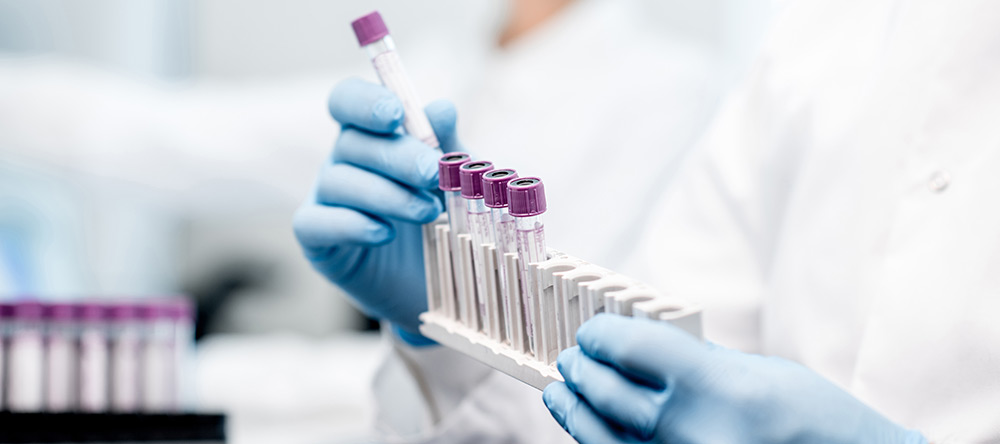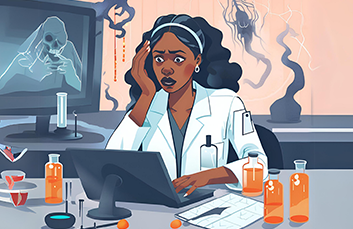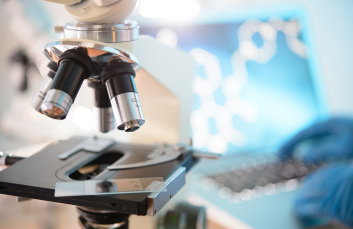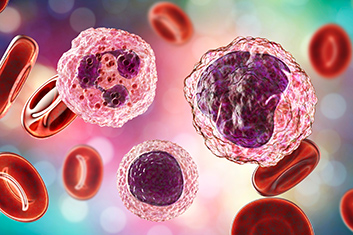Quality control in the laboratory
Quality Control (QC) in a laboratory setting is critical to ensure the accuracy of results used to deliver diagnostic information to patients. Aside from being a requirement, labs are constantly vigilant in ensuring the accuracy of their results, procedures and training. QC programs can be useful tools in reviewing not only the performance of instrumentation, but also the analytical processes that go into the determination of sample results.

Consistent usage of quality controls in a laboratory ensures the accuracy of the equipment, as well as scrutinizes the procedures, reagents and supplies used on those instruments. Quality controls contain known attributes and are meant to mimic patient samples in order to provide a benchmark against which the instrument, the technician and the process can be reviewed and corrected if necessary.
Oftentimes, a diagnosis is much more than just a lab result. All patients are different and labs need to be prepared for the uncommon results that make up the small percentages; the ones that don’t fit the mold. Controls become the reality check; the standard for trusting your instrument’s results, so the clinician can take the results and apply the critical human element in determining a diagnosis . Producing accurate results not only protects patients, it protects labs as well. Costly and time-consuming retests and acquisition of additional patient sample material will only add to the seemingly never-ending workload that exists in clinical laboratories. It is only in a situation where instrument results and the interpretation of those results are trusted that accurate diagnosis can begin and a trained healthcare professional can exercise their expertise for the patient’s benefit.
Proficiency testing programs, also known as external quality control, are of great use in ensuring the accuracy of results and interpretations over time, as a lab can compare their results with those of their peers. These programs, such as those administered by the College of American Pathologists (CAP), are invaluable in ensuring that the entire process that a laboratory goes through in evaluating a sample is continually reviewed and scrutinized. Proficiency programs can identify potential issues beyond technicians and instruments, such as problems with reagents or controls.
It is possible that a trend or a shift over time can impact how samples are reviewed in a clinical setting as much as a single event or instrument or consumable failure. Maintaining a vigilant internal quality control program that consistently scrutinizes the internal processes of the laboratory prior to the delivery of patient results can assist in identifying shifts over time. It also gives laboratories the ability to identify biases or abnormalities that could impact the integrity of the data and information provided to a patient.
Changes in reagent lots, instrument calibrations and the variability of technicians are all critical opportunities for inconsistent results to be introduced into the systemic procedures that allow a laboratory to provide vital patient information. Maintaining internal and external quality control programs, including the use of controls, is the key element in allowing healthcare providers to deliver timely and accurate results. Lab techs want to know patients and physicians can rely on those results to ensure the best possible health outcomes.


CLIA Announces New 2024 Updates

